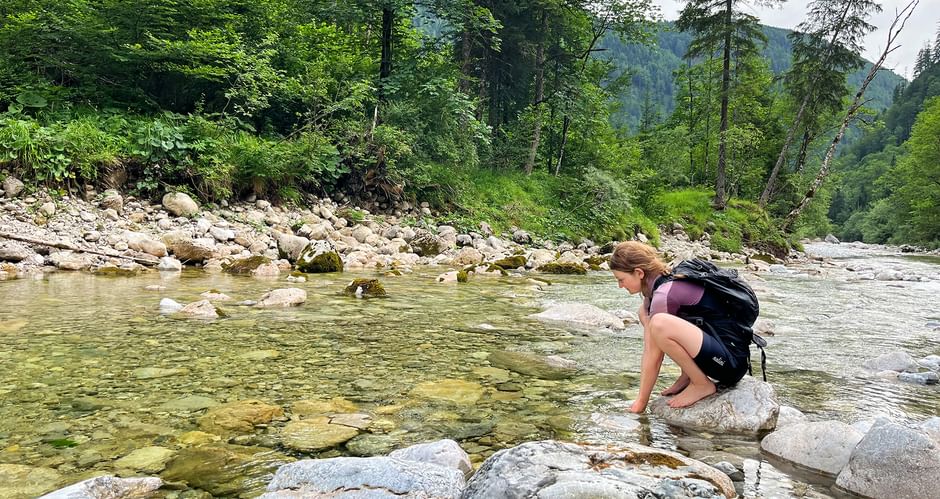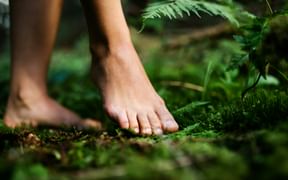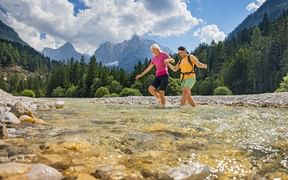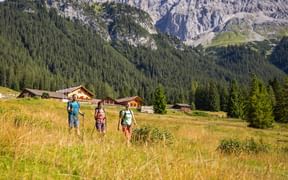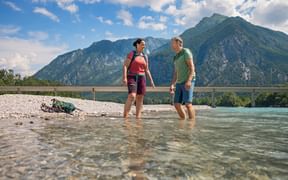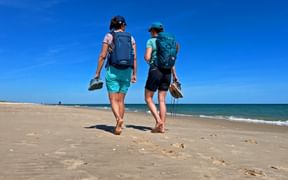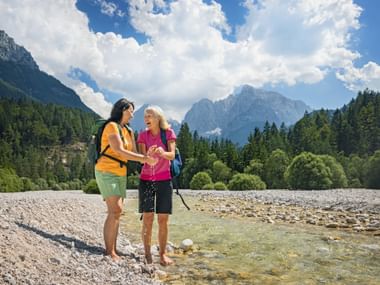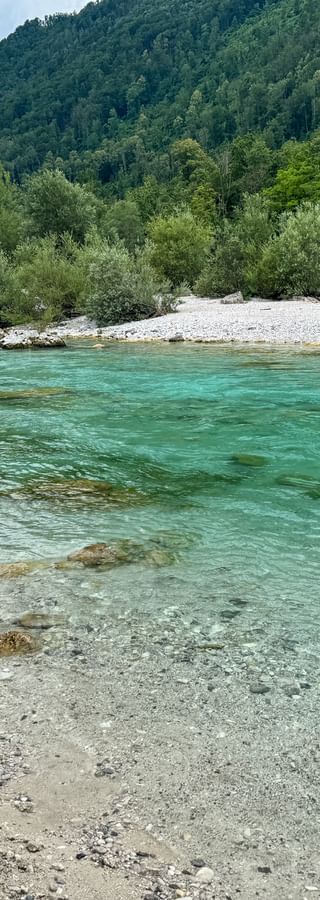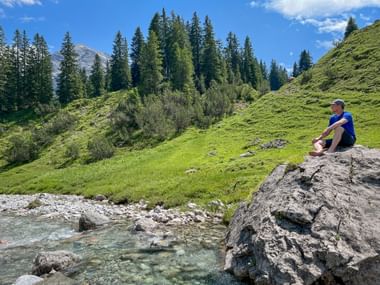When was the last time you walked barefoot outdoors? Can you still remember the feeling of cool grass, soft forest soil, or smooth gravel beneath your feet and between your toes? For many of us, direct contact with natural ground is rare—often limited to a few moments in the backyard, if at all. And that’s a shame, because going barefoot comes with a host of health benefits and offers a deeply immersive way to connect with nature.
Even on a hike, it’s perfectly fine to leave your shoes behind—or slip them into your backpack for part of the route. For many nature lovers, barefoot hiking is pure bliss: whether it’s a peaceful forest walk, a trek across lush alpine meadows, a stroll on a sun-warmed sandy beach, or a splash through a crystal-clear mountain stream.
In this post, we’ll explore why barefoot hiking is so good for your body and mind, what to keep in mind before setting off, and where your feet can enjoy an especially memorable journey of discovery.


